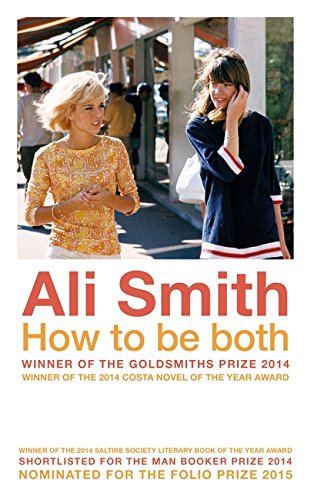 In Ali Smith’s novel How To Be Both, anything, it seems, is possible. Time shifts and slides, a girl enacts rituals to bring her dead mother back from the grave and a 15th century Italian painter springs back into being. On one level a story exploring grief, and the ways we seek to make sense of it, it hides a far larger tale within itself, split deftly into two halves.
In Ali Smith’s novel How To Be Both, anything, it seems, is possible. Time shifts and slides, a girl enacts rituals to bring her dead mother back from the grave and a 15th century Italian painter springs back into being. On one level a story exploring grief, and the ways we seek to make sense of it, it hides a far larger tale within itself, split deftly into two halves.
In one segment, George, the afore-mentioned bereaved teenager, grapples with the fluidity of being both here and then as she recalls her mother with such intensity that time loses it boundaries. She pours over aspects of her mother’s beliefs, including her passion for equality and justice, to the extent that George feels compelled to watch underage porn in an effort to acknowledge the suffering of the girls being abused.
She also takes to repeatedly visiting a painting by Renaissance painter Francescho del Cossa, whose frescos resulted in George’s mother sweeping George and her brother off on an impromptu flit to Italy in the months before she died. Continue reading
